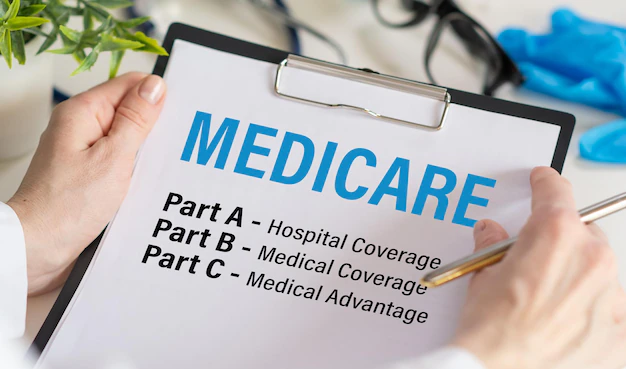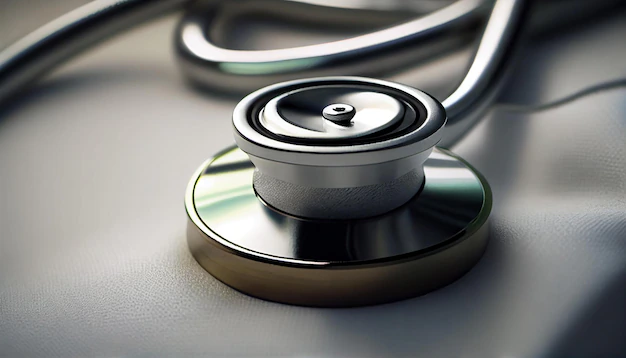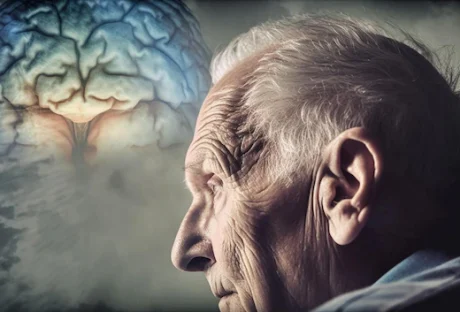Navigating the vast array of Medicare plans available can be a daunting task.
However, you can make an informed decision with proper preparation and a good understanding of coverage, networks, doctors, and plan benefits.
Medicare Advantage plans, in particular, offer additional benefits and reduced out-of-pocket costs. Although, not all plans are created equal.
Therefore, to ensure you make the best choice for your healthcare needs, it is essential to consider your options carefully. Moreover, you must ask pertinent questions about coverage, networks, doctors, and plan benefits.
You can also get help from professionals with medicare expertise to help you find the best solutions for your health coverage.
Doing so lets you find a plan that provides the coverage and quality of care you deserve.
Here, let us dive deeper and understand the factors you must consider when choosing the best Medicare plan.
How Do Medicare Plans Work?
Medicare is a health insurance program for individuals 65 and older and those with certain disabilities.
Given below are the different parts of a Medicare plan:
- Hospital Insurance (Part A): Part A covers inpatient care. It includes hospital stays and skilled nursing facilities. Moreover, it comes free of cost once individuals turn 65 and qualify for Social Security.
- Medical Insurance (Part B): Part B covers medical insurance, including outpatient care, preventive care, and medical equipment. Most plans offer prescription drug coverage, with some charging an additional premium in addition to Part B premiums.
- Medicare Advantage Plan (Part C): Part C Medicare Advantage plans include prescription drug coverage, with some charging an additional premium.
- Medigap Plans (Part D): Medicare Part D covers prescription drugs when the Medicare Advantage plan doesn’t include them.
Therefore, before you pick a plan, you should look at your care and coverage needs to understand how they work.
Steps To Choose The Best Medicare Plan

Given below are the important factors that you need to consider chronologically. This will help you land on the best Medicare plan for your health needs—
1. Cost Of The Plan
It’s important to understand your health insurance plan clearly. The first factor that you must look into is the cost:
- How much do you pay in premiums?
- Deductibles.
- Out-of-pocket costs for services.
These costs include hospital stays and doctor visits.
Moreover, you must note that there is no limit on what you can pay out of pocket annually. However, these costs do not include your supplemental coverage.
Conversely, Medicare Part A and Part B plans have a yearly cap. Therefore, you don’t have to pay anything for Part A and Part B services until you reach the limit.
2. What Your Plan Covers?
Medicare covers most necessary medical services and supplies. This includes the following:
- Treatments provided in hospitals.
- Treatments are provided in doctors’ offices.
- Treatments received at healthcare facilities.
However, several Medicare plans do not cover certain benefits like the following:
- Eye exams.
- Dental care.
- Routine check-ups.
Your Medicare plan will help you pay for the covered services, depending on the type of care and where it is received.
Therefore, you should ensure that your Medicare plan covers all your required services to get the most cost-effective healthcare.
Moreover, some services, such as preventive care screenings and tests, are free. However, others, such as prescriptions for covered antibiotics, may involve a fee.
You must find a Medicare Plan that covers all necessary medical services. Sometimes, you may need prior approval before it covers certain services or supplies.
Lastly, if necessary, look for a plan that covers additional benefits like vision, hearing, and dental services.
3. Traveling Coverage
It’s crucial to ensure that you are covered wherever you go.
Original Medicare usually covers medical appointments when traveling within the U.S. and seeing a healthcare professional who accepts Medicare.
However, traveling overseas can bring up issues. Many Medicare Advantage plans offer international coverage, as well as coverage while you’re traveling domestically.
Different Medicare plans have different rules regarding coverage outside of the United States. Therefore, speak with your Medicare advisor to find out what is and isn’t covered before embarking on your trip.
4. Plans For Prescription Drugs
When considering joining a Medicare Prescription Drug Plan, it’s important to consider several factors.
It is important to first establish whether you currently possess prescription drug coverage that is considered creditable. This can help you avoid paying a penalty if you join a drug plan later.
Additionally, you should look into the plan’s overall star rating. This rating can give you an idea of the quality of care provided by the plan.
Moreover, you must consider what your prescription drugs will cost under each plan. Find out whether your drugs are covered under the plan’s formulary.
It’s also important to check if any coverage rules apply to your prescriptions. Some plans may have restrictions on the quantity or frequency of certain medications.
Lastly, you should determine your eligibility for a free Medication Therapy Management (MTM) program. This program can help you manage your medications and get the most out of your drug plan.
5. Do You Have To Change Your Doctor?
When switching to Medicare, finding a doctor familiar with your medical background can be tricky.
However, your Medicare advisor can help determine whether your current doctor is still in your network.
You can also do your own research. However, you must do a bit of digging to find out which doctors get coverage under your new plan.
Moreover, you must ensure that your preferred doctors are covered under a Medicare Advantage or Cost plan. You must contact the insurance company directly or check their website for a search tool.
Find a new primary care physician if your current doctor is outside your network.
Getting The Best Plan!
When choosing a Medicare plan, it’s important to remember that you have a variety of options available.
Ultimately, the decision is yours to make.
Therefore, ensure that you make the best choice for your individual needs. Gather as much information as possible before making a decision.
Start by listing the key factors you must consider and ensure you ask all the right questions. By focusing on what type of plan will be most beneficial to you, you’ll be able to find a Medicare plan that meets your needs and gives you the coverage you need.
Read Also:






















